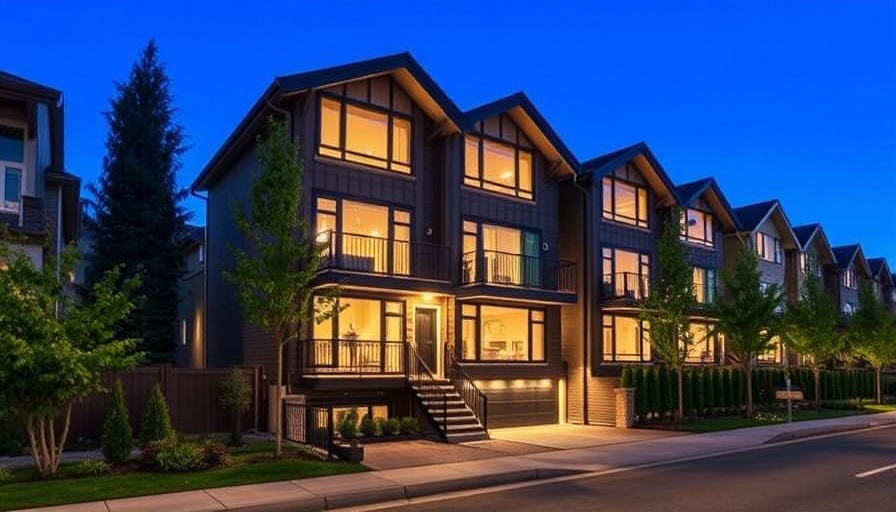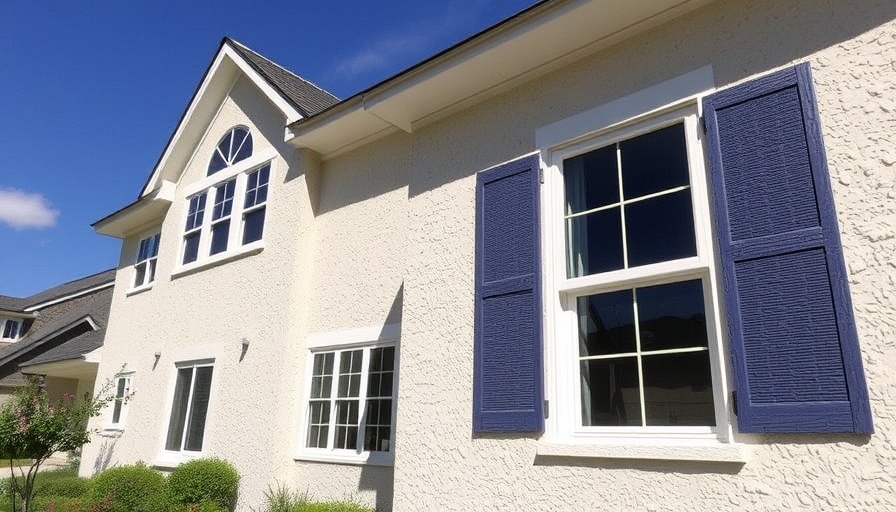
Understanding the Costs of Building in Vancouver in 2025
As Vancouver leverages its commitment to sustainable development in 2025, homeowners are increasingly considering laneway homes and multiplexes as viable options to maximize their property usage. Whether contemplating an Accessory Dwelling Unit (ADU) or a small multiplex, understanding the costs involved is crucial for making informed decisions. Let's dive into the estimated financial implications of these projects.
Breaking Down the Costs
Building a laneway home or multiplex in Vancouver encompasses various expenses, primarily categorized into hard costs, soft costs, and servicing fees. Hard costs refer to actual construction expenses, including materials and labor. Current trends suggest that the average cost of constructing a laneway home can range from $200,000 to $300,000, depending on the complexity and size of the home. Meanwhile, multiplexes could cost up to $500,000, reflecting the need for more extensive structural provisions.
Soft costs include architectural design, legal fees, and permits. These can add another 15-25% to the overall project budget. It’s important to note that Vancouver's new permit regulations, aimed at promoting sustainable building practices, may influence these costs positively, as they cater to eco-friendly designs.
The Push for Sustainable Structures
Vancouver's city council has increasingly prioritized green building initiatives, encouraging homeowners to adopt Passive House standards. This method not only enhances energy efficiency but can drastically lower utility costs long-term, making initial investments seem more palatable. Homeowners are also eligible for various green-building tax credits and grants that can offset some expenses related to eco-friendly construction methods, providing significant financial incentives.
Financing Your Project Wisely
When considering the finances of building a laneway home or multiplex, homeowners should explore several financing options. Traditional mortgages, private lenders, and home equity loans can be effective. Additionally, leveraging government grants aimed at promoting green building practices can reduce upfront costs. Overall, developing a comprehensive budget that accounts for both anticipated and unexpected expenses is essential.
Future Considerations of Urban Density
As Vancouver grapples with increasing housing demand amid limited space, the city’s push for laneway homes and multiplexes represents a shift towards greater urban density. Homeowners contemplating potential resale or investment value should recognize the growing trend of multi-generational housing solutions. As younger generations seek affordable living options, properties featuring ADUs could experience enhanced demand, making them a good long-term investment.
Conclusion: Making Informed Decisions
In summary, understanding the financial implications of laneway homes and multiplexes in Vancouver’s evolving landscape is critical for homeowners. The projected costs, combined with innovative financing options and a shift towards sustainability, offer both challenges and opportunities. As the city propels itself forward into a greener future, homeowners can take advantage of these trends to create vibrant, sustainable living spaces. For families in London looking to make similar sustainable living choices, now is a pivotal moment to act and consider how you might prepare for these shifts.
 Add Row
Add Row  Add
Add 




Write A Comment